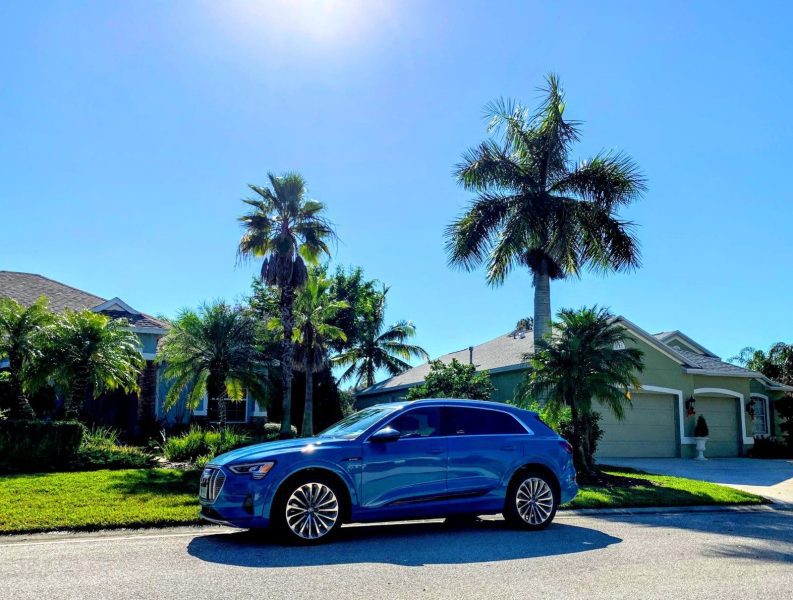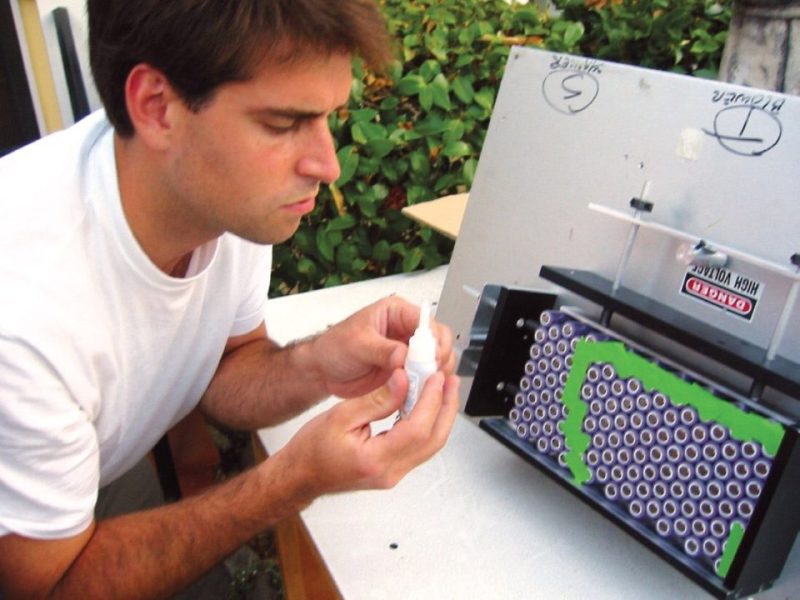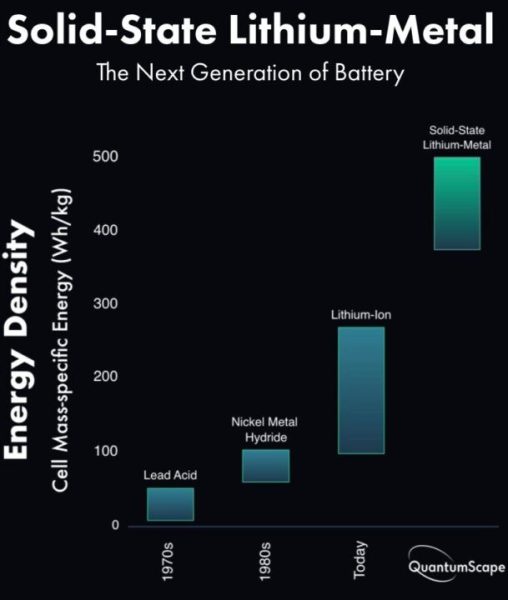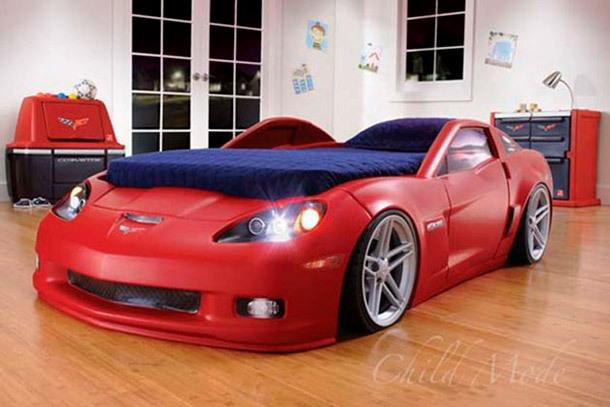
Tesla co-founder JB Straubel praises the solid-state startup. The company goes public.
JB Straubel was a Tesla Engineer, Cell and Battery Technician. In 2019, he left the company to create a lithium-ion battery recycling company. And now he is the CEO of a solid electrolyte battery startup: QantumScape.
If J. B. Strobel is bragging about something, then probably not weak
During one of the shareholder conventions, Elon Musk - next to him on stage was J. B. Straubel - openly stated that while working on Tesla, they probably tested all existing cells. They used the ones they used, made with Panasonic, but of course they invite [researchers] who would like to prove to them that they have a better product. Since they have "tested" and successfully sold electric vehicles, they have a better understanding of what they are talking about.

J. B. Straubel during early work on the Tesla Roadster (c) Tesla cell packs
Now, after leaving Tesla, J. B. Straubel is on the board of directors of the startup QuantumScape. And he said:
The cell design without anode and solid electrolyte [created by] QuantumScape is the most elegant lithium battery architecture I have ever seen. The company has a chance to redefine the battery segment.
QuantumScape has raised over $ 700 million from corporate investors (including SAIC and Volkswagen) and has just gone public. The startup is developing solid electrolyte cells that promise higher energy density than existing lithium-ion liquid electrolyte cells:

The solid electrolyte in the cell - in addition to minimizing the risk of fire - blocks the growth of lithium dendrites, which lead to a short circuit and damage to the cells inside. This means that the anode of the cell can be made from pure lithium rather than from graphite or silicon as is done today. And since the energy carrier is pure lithium, the capacity of the cell should increase by 1,5-2 times compared to typical lithium-ion cells.
The advantage is greater: a solid electrolyte lithium metal cell can be charged with a higher power and must decompose more slowly. Because the lithium atoms will not be captured by the graphite / silicon / SEI layer structures, but will move freely back and forth.
While QuantumScape has been making presentations to its investors, don't expect the company's cells to be quickly applied to cars. Even if the cells are ready and there is someone who wants to stay ahead of the competition using QuantumScape products, it will take 2-3 years to implement the solution. Many companies are outright stating that solid state connections are a song about the distant future, around the second half of this decade:
> LG Chem uses sulfides in solid state cells. Solid electrolyte commercialization no earlier than 2028
Worth seeing, a short introduction to how liquid and solid electrolyte cells work:
This may interest you:

